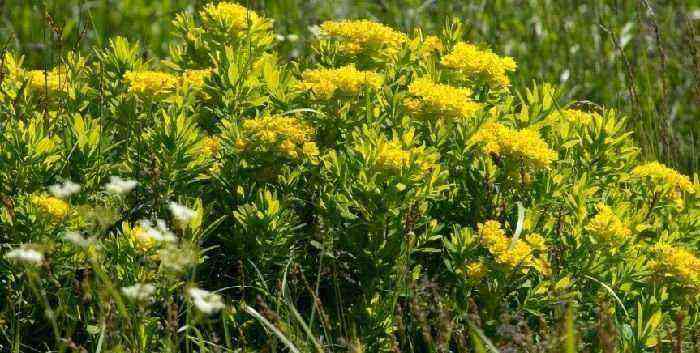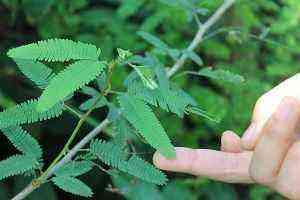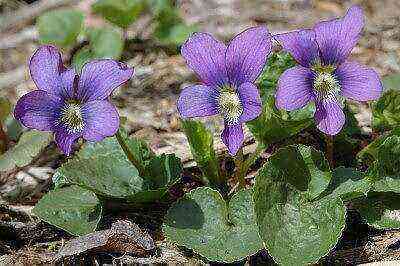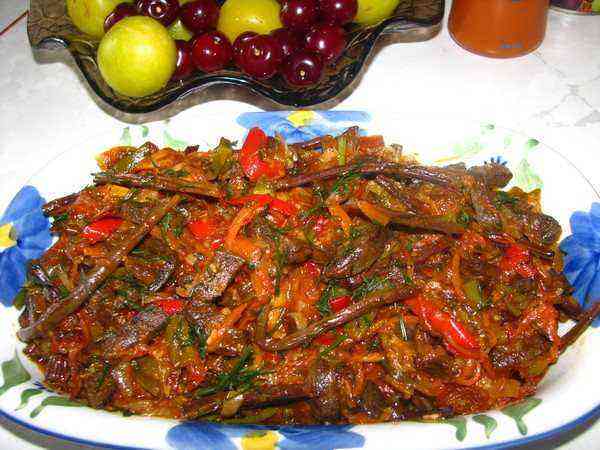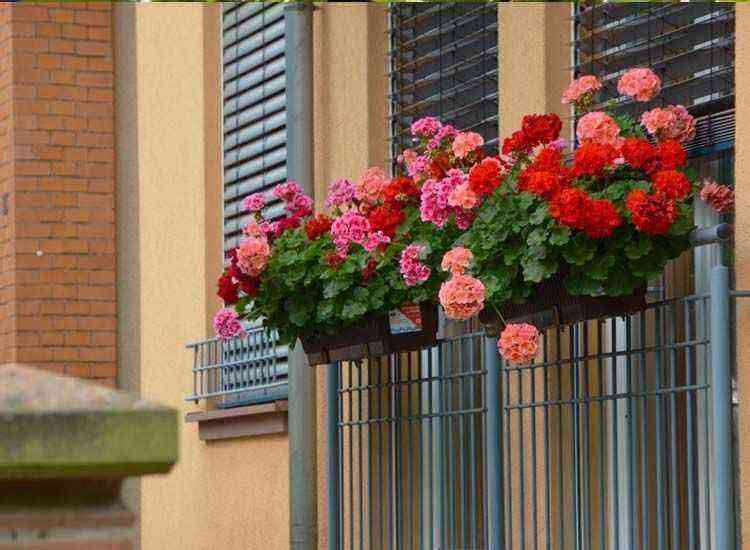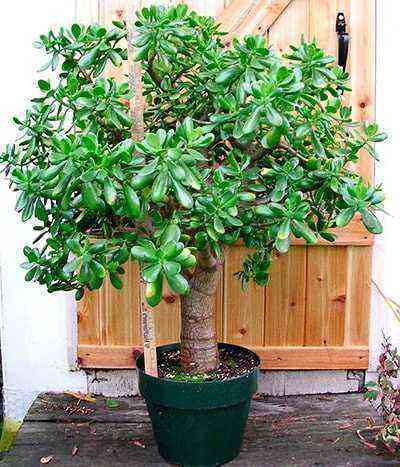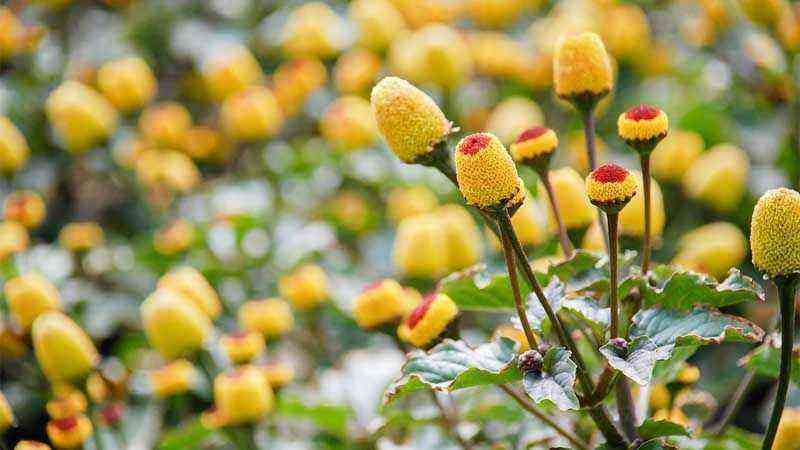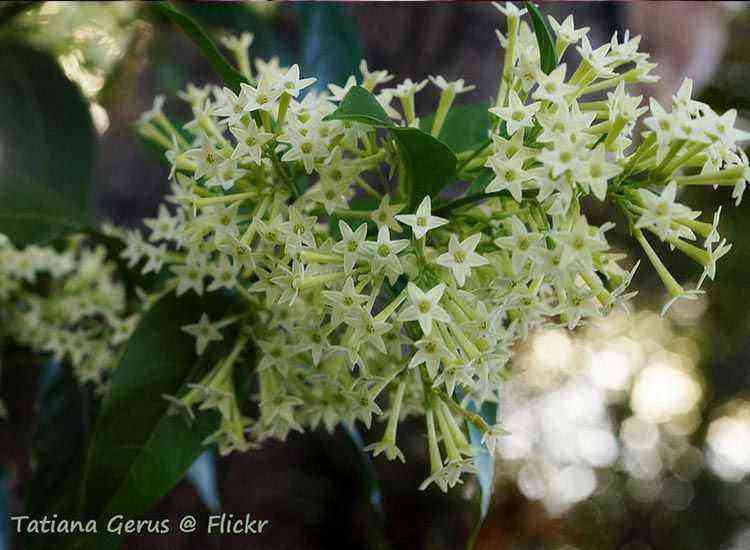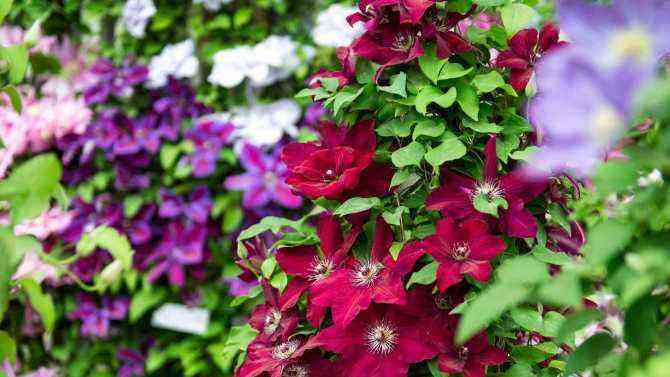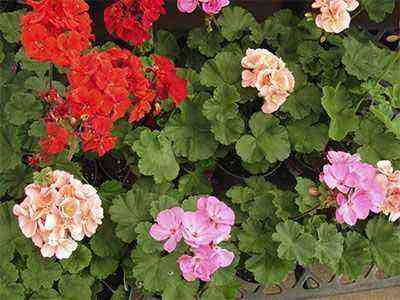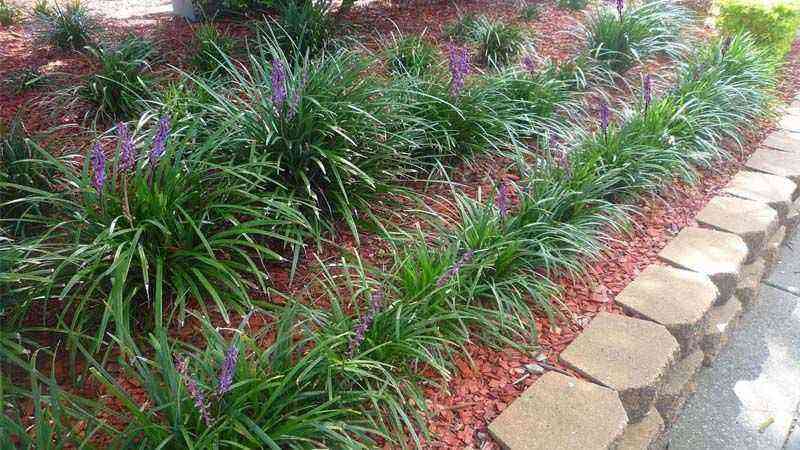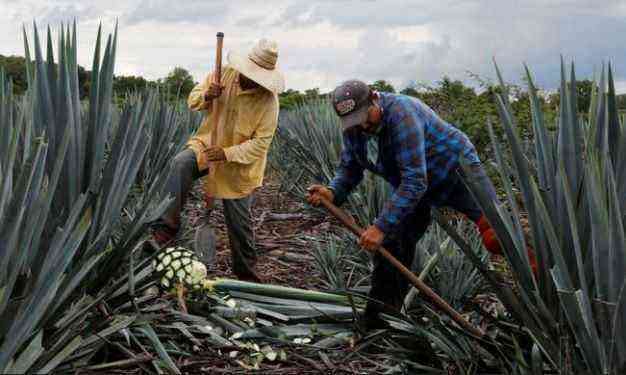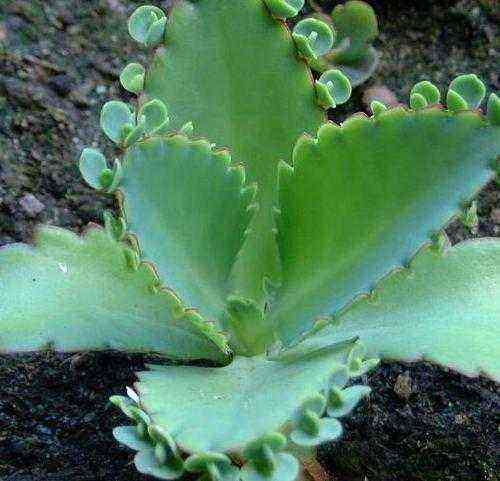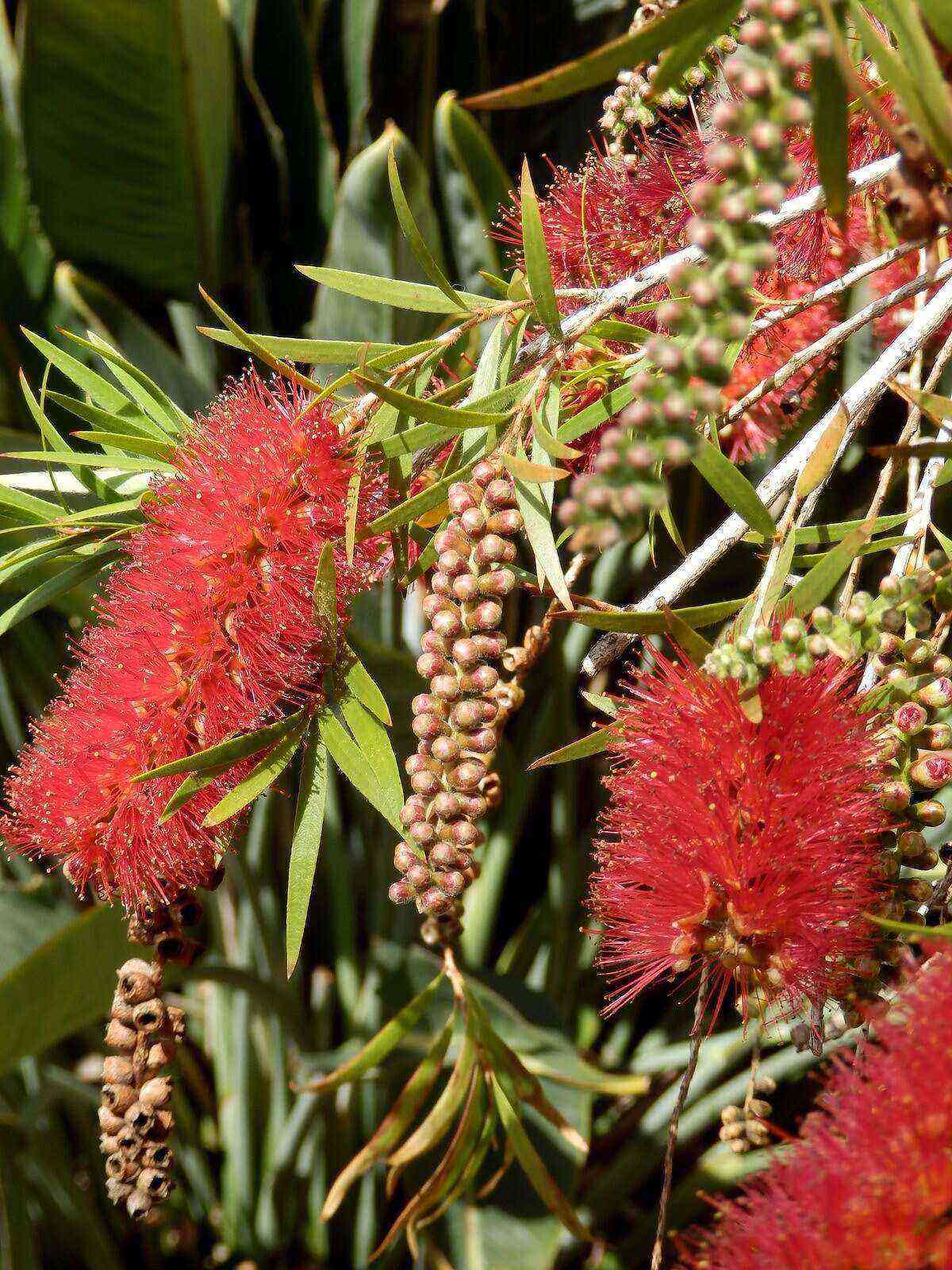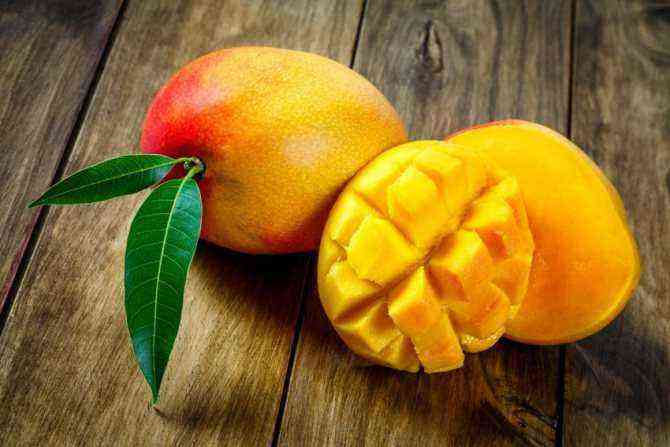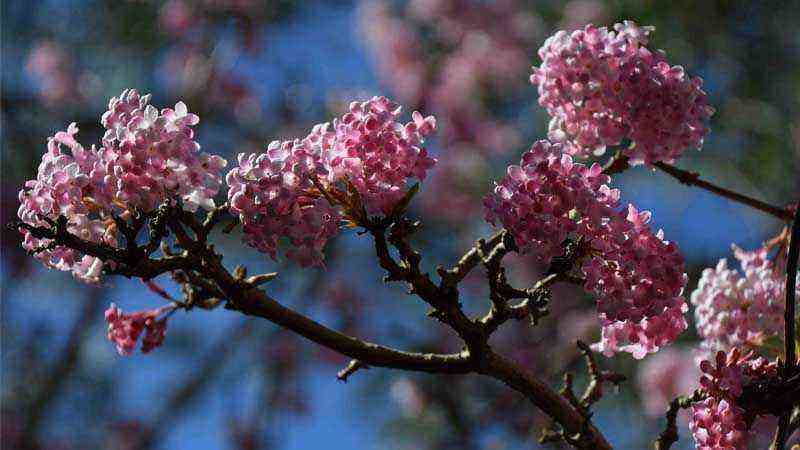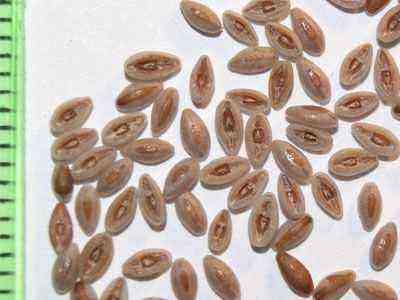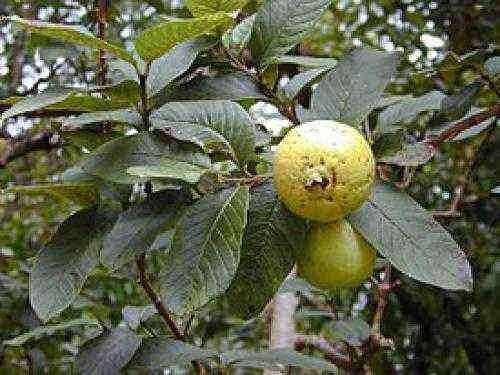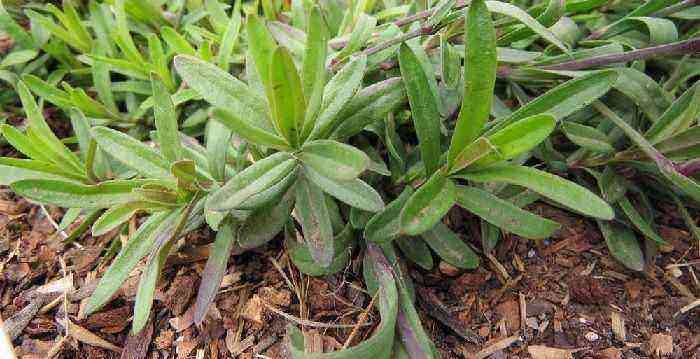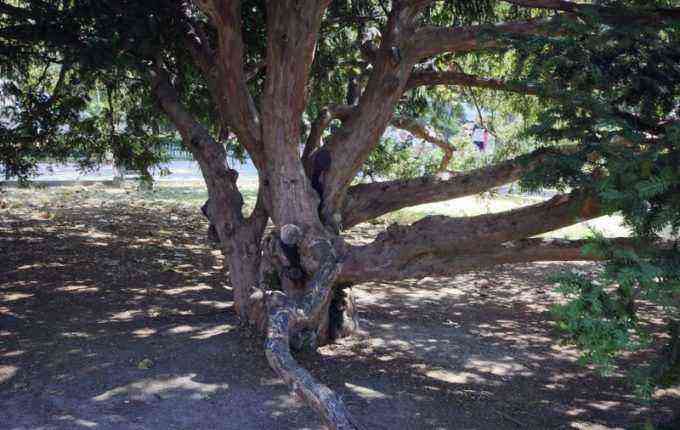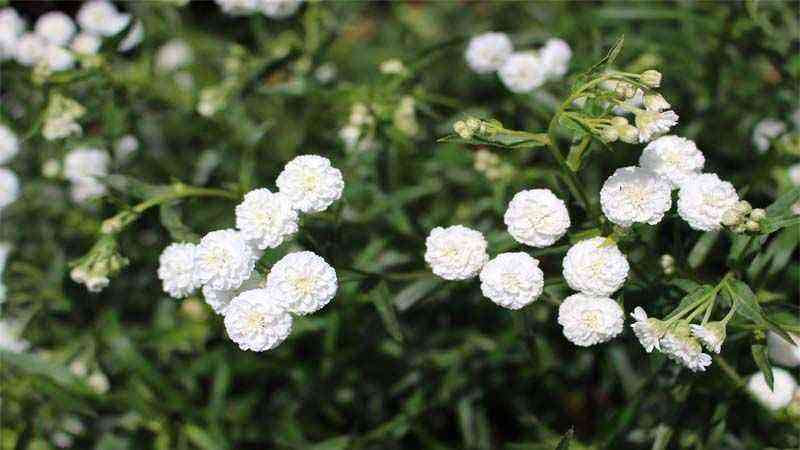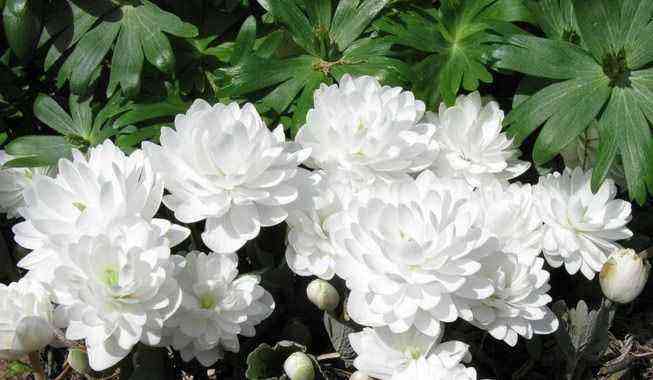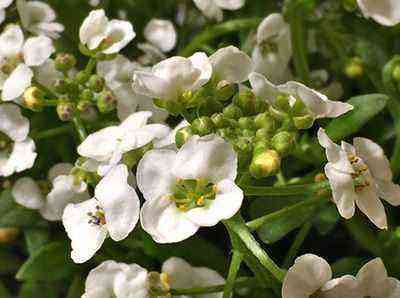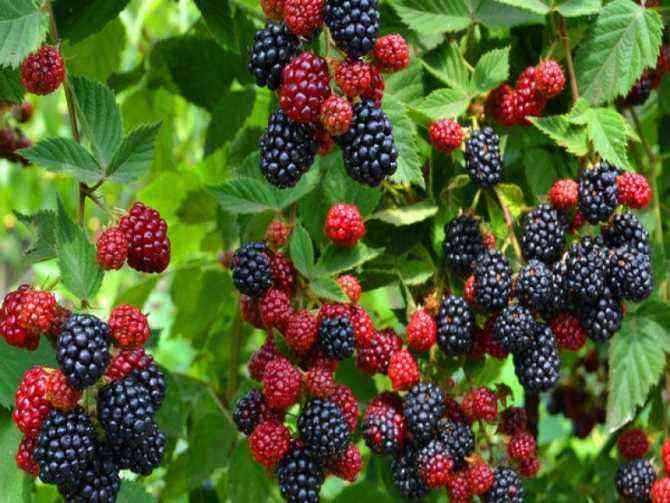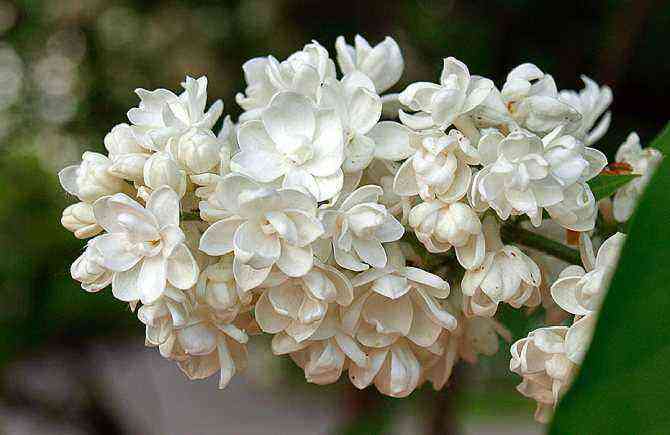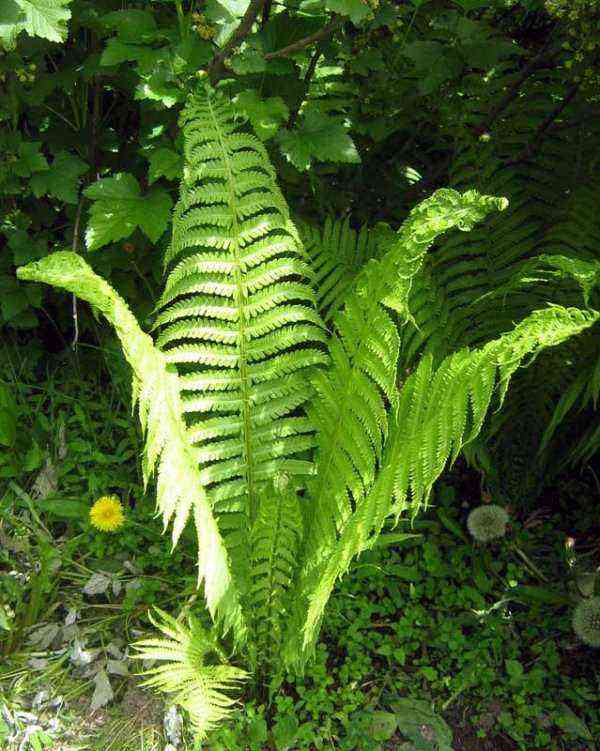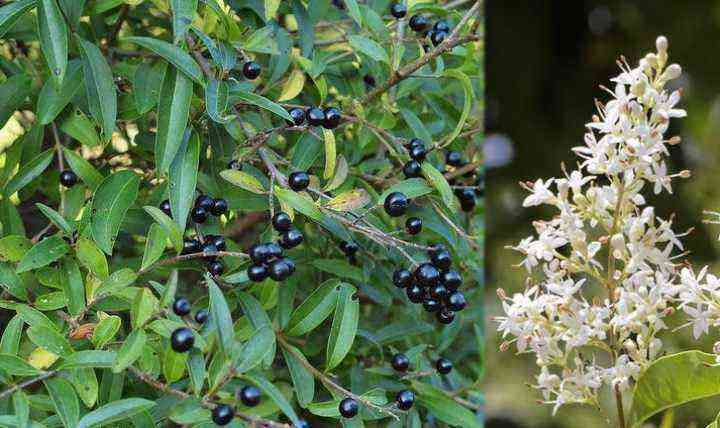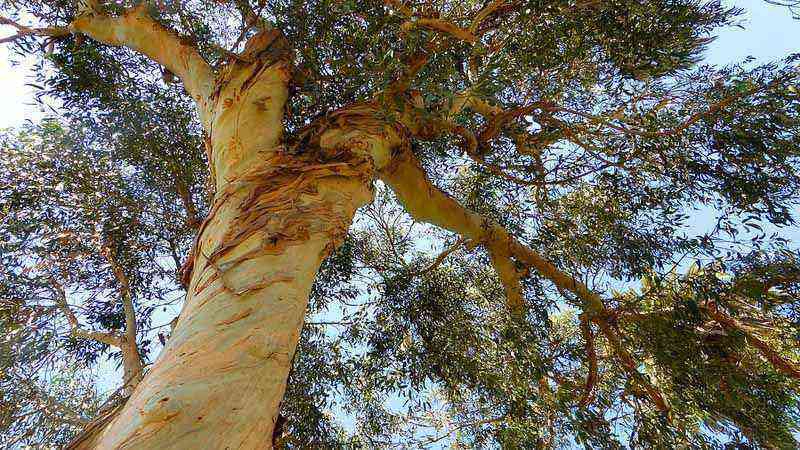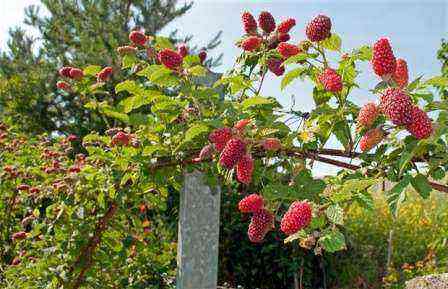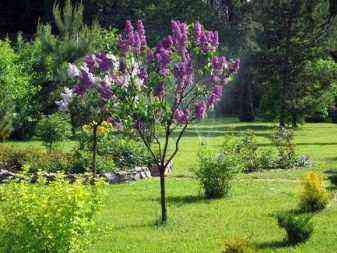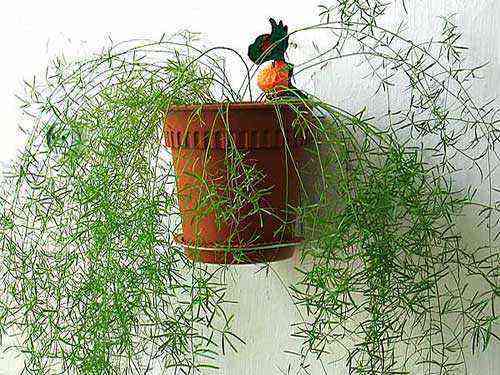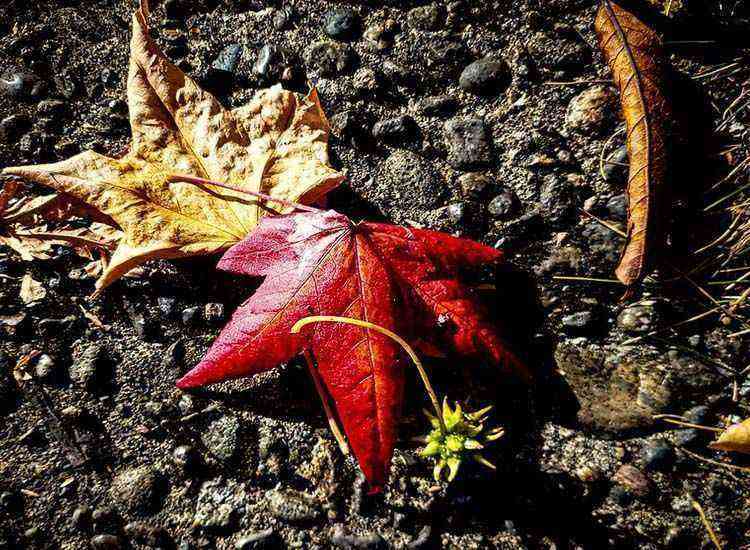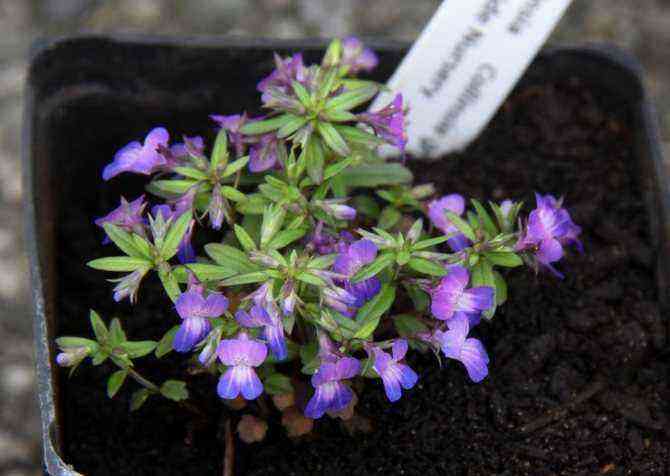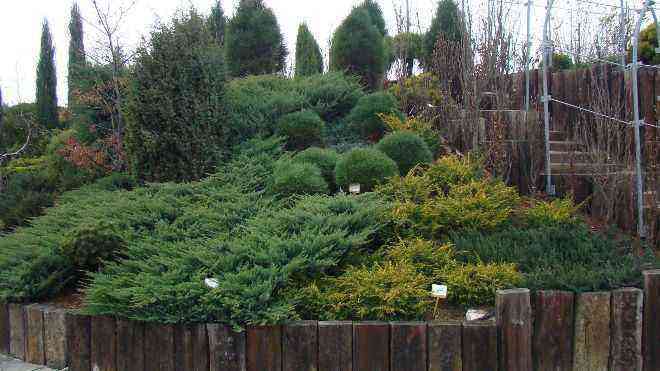Euphorbia palustris for floors with constant humidity
Euphorbia it is a very extensive genre. It has countless species (thousands) among which are included from trees to plants. The genre is well known for one in particular that we have already talked about. Euphorbia pulcherrima or poinsettia.
Today we will talk about a very different one, Euphorbia palustris, whose virtue lies in being a plant with foliage that changes color according to the season.
There are gardens of all kinds, even with high humidity in the soil.
In some cases, either due to the course of a nearby stream, water tables close to the surface, or simply underground runoff, we find lands or garden areas where the soil remains with constant humidity.
In these cases, the ornamental flower growing options should be studied in a little more detail. The lack of water can be made up with irrigation, but we cannot remove excess water.
We must find plants with a fondness for soil moisture. We are not looking for a plant that grows in water like a water lily, but those that still tolerate a significant amount of water, need substrate and soil to develop.
One of these plants that gives good ornamental results and has a lot of presence is Euphorbia palustris.
Main features of Euphorbia palustris
Euphorbia palustris is a fast growing perennial plant, reaching the meter of height in 2 or 3 years. It forms clumps and is a complement to those flowerbeds and beds of ornamental plants and / or flowers, providing a touch of different foliage.
Its flowers are greenish, forming small groups. They turn yellow as spring progresses, but what is most striking is their variation in the color of the foliage.
As spring, summer and fall follow one another the leaves change from green to yellow and finally to orange before dying until the following year. This characteristic is what has given it a certain fame in the world of ornamental gardening.
Plant it is toxic like all “Euphorbias”. Not even the poinsettia is spared. We already talked in their day about cats and their habit of purging themselves by eating the leaves of indoor plants and how the poinsettia could play a very dirty trick on them.
Be careful, it is a toxic plant
The sap of Euphorbia palustris it’s irritating so the use of gloves is recommended for handling. Likewise, it is essential to grow it away from small children and pets.
+ List of toxic toxic plants that you should keep away from home
In what climate and geography does Euphorbia palustris?
It is considered very resistant, reaching -20ºC. Prefers exhibitions sunny or semi-shady.
It is a species that cannot stand summer hot flashes. If it is grown in hot places, it can be difficult and expensive to maintain because the humidity it requires in the soil constantly does not make it suitable for areas of high evaporation.
It can occur more easily in cooler inland areas of the north central and humid coastal areas of northern Spain.
Soil characteristics
Wet floor.
That is your condition. Not waterlogged (although it is able to tolerate and survive), but permanently wet. In fact its common name is “mash spurge” whose translation is something like “Swamp Euphorbia”.
That gives an idea of the conditions of the substrate. In semi-shady areas, humid soil conditions are better maintained and it will develop better without having to continually pay attention to irrigation.
The soil must be rich in organic matter, well drained and supports slightly acidic to slightly basic soils.
Fertilizer and irrigation
Irrigation can be assumed. Not too abundant but frequent to maintain constant humidity.
If the climatic zone is rainy or you have a particularly humid garden area, you will have something less to worry about.
It can be fertilized during the spring with balanced fertilizer. Compost and mobs They are suitable for the contribution of organic matter it needs.
Pruning and multiplication of Euphorbia palustris
During the autumn the stems will die. Pruning will consist of cut them at ground level when they are already withered.
It can be multiplied by cutting during the summer or the seeds can be planted in a rich and conveniently watered and maintained substrate (not hot bed).
